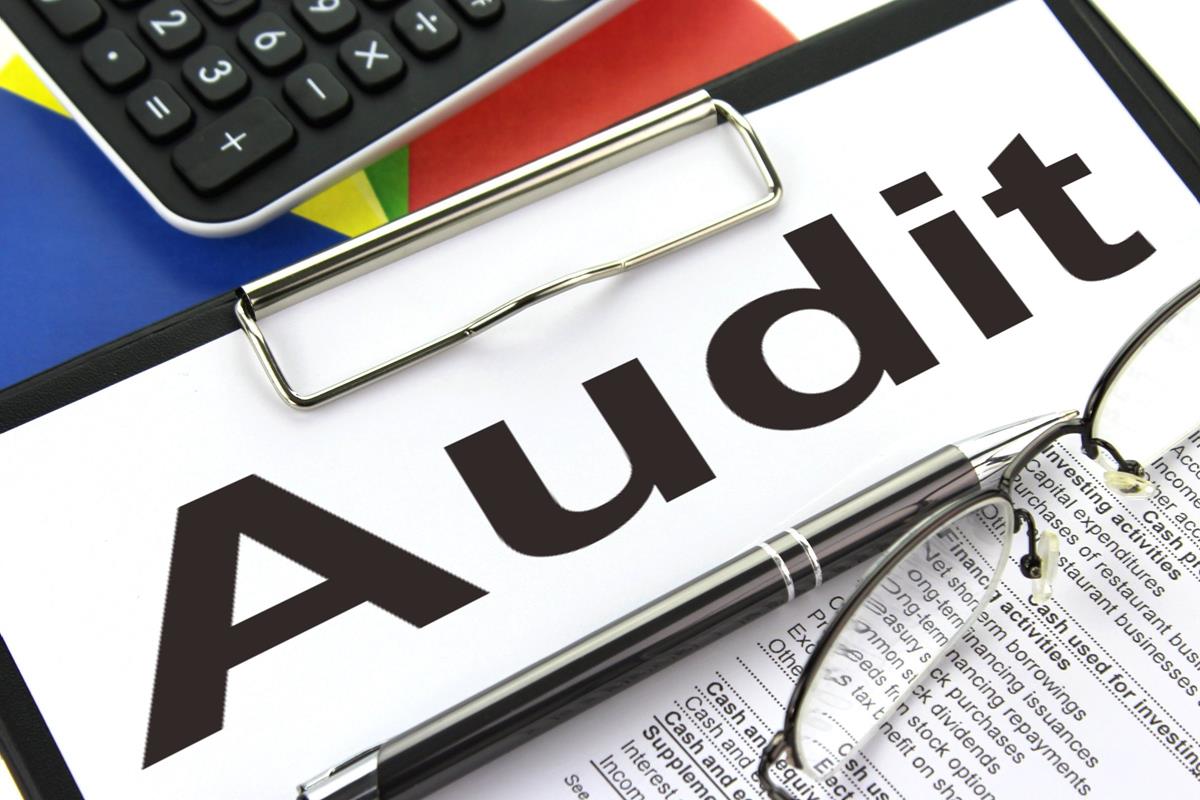Discuss the quality and quantity of audit evidence
The audit process revolves fundamentally around the collection and evaluation of evidence. The quality and quantity of this evidence are vital in forming a conclusive and reliable audit opinion. Understanding how these two dimensions interact and how auditors can strike a balance between them is essential in the realm of auditing.
The Essence of Audit Evidence
Audit evidence refers to the information collected by an auditor to draw conclusions on the fair presentation of an entity’s financial statements. It comes in various forms, such as documentation, verbal responses, and observations. The auditor’s job is to assess whether the evidence gathered is sufficient (quantity) and appropriate (quality) to substantiate the financial statements.
Quality of Audit Evidence
Quality is paramount in audit evidence. High-quality evidence should be relevant, reliable, and sourced from independent sources when possible.
Relevance:
Evidence must be directly related to the audit assertion being tested. For example, invoices are relevant for verifying sales transactions.
Reliability:
This hinges on the source and nature of the evidence. Independent external sources generally provide more reliable evidence than internally generated data. Evidence obtained directly by the auditor is more reliable than that obtained indirectly or by inference.
Timeliness:
Contemporary evidence is often more reliable than older information.
Quantity of Audit Evidence
Quantity, while important, is secondary to quality. It refers to the volume of evidence gathered. However, more evidence does not automatically equate to a better audit. Auditors must consider the risk of material misstatement and the quality of evidence when determining the quantity needed.
Materiality:
The concept of materiality guides auditors in deciding how much evidence is required. Larger, more material areas require more evidence.
Risk Assessment:
Higher risk areas need more evidence, as the likelihood of material misstatement is greater.
Striking the Balance
The challenge for auditors lies in balancing the quality and quantity of evidence. This balance is crucial for conducting an efficient and effective audit.
Understanding the Entity:
Knowledge of the entity’s industry, environment, and internal controls can guide the auditor in deciding the nature and extent of evidence required.
Professional Judgment:
Auditors rely on their judgment to evaluate the adequacy of evidence. This judgment is based on training, experience, and the specifics of the audit task.
Audit Methodology:
Modern audit methodologies emphasize risk-based approaches, directing auditors to focus on areas of higher risk and materiality, thereby influencing both the quality and quantity of evidence needed.
Challenges in Auditing Evidence
Complex Estimates:
In areas involving complex estimates, like fair value measurements, auditors face difficulties in assessing the quality of evidence.
Technology’s Role:
Technological advancements, while beneficial, also pose challenges in verifying the authenticity and reliability of electronic evidence.
Subjectivity in Judgment:
Quality, being a subjective measure, often depends on the auditor’s experience and perception.
Enhancing the Quality and Quantity of Audit Evidence
Continuous Learning:
Auditors need to stay abreast of changes in auditing standards, industry practices, and technology.
Leveraging Technology:
Using data analytics can enhance both the quantity and quality of audit evidence by allowing auditors to analyze larger datasets more efficiently.
Quality Control:
Implementing rigorous quality control procedures ensures that the evidence collected meets the required standards.
Ethical Standards:
Adhering to ethical standards and maintaining professional skepticism are crucial in ensuring the quality of audit evidence.
Conclusion
In auditing, the quality and quantity of evidence are both critical and interdependent. High-quality evidence forms the backbone of an effective audit, while the quantity must be sufficient to substantiate the auditor’s conclusions. Balancing these two aspects requires professional judgment, a deep understanding of the entity and its environment, and an appreciation of the risks involved. The evolving nature of business and technology will continue to impact the dynamics of audit evidence, but the fundamental principles of relevance, reliability, and sufficiency will remain central to the audit process. This balance ensures the credibility and reliability of the financial statements, ultimately contributing to the integrity of financial reporting and the trust stakeholders place in it.
